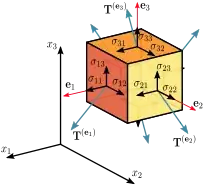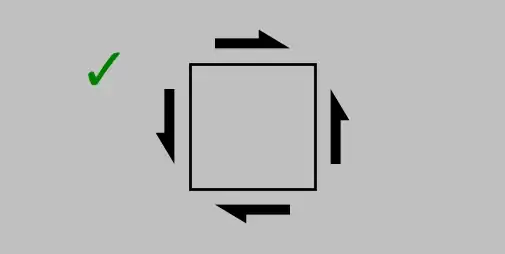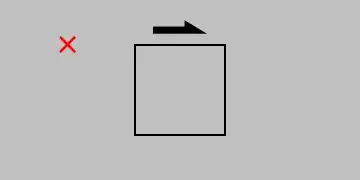stress is also a fundamental quantity
But why fundamental? Let me try to explain my confusion: the Cauchy Stress Tensor (image from Wikipedia)
provides three vectors (the tensor) for a point with 6 degrees of freedom. One "force per area" vector per the (linearly independent) planes meeting in the point.
On the other hand: don't we have a single effective force vector on that point? And if we know this force, which information is missing compared to the stress tensor?
An explanation appealing to intuition would be great, though I know intuition can be quite individual. I imagine sitting in this point and feel being pushed and shoved by my surrounding points and I know these are all forces. But I also know that at a specific instance in time, the forces add up to just one resulting force vector. Why take account of the three planes and respective force vectors acting on them?
Edit: I start to wonder whether my intuition of "force on a point" is nonsensical. If I push a button, I cannot ask for the force on an infinitesimally small point of the button. It is infinitesimally small, "zero" so to say. Without integration over an area there is nothing. And so we have the force per area coming in naturally. Hmm, I wasn't aware force is so finicky.:-)


